15% off £30 OR 20% off £40
What type of sunscreen do I need?

Not all sunscreens are created equal... so it’s crucial you’re getting the right protection.
But what do they all do? Is one type more effective than others? And which one’s right for you? Find out right here.

What is SPF?
Why do we need to wear it?
There are two different types of UV rays (UVA and UVB) that affect our skin differently, but they can both cause sunburn, suntan, and skin damage.²
SPF helps to stop UV rays from damaging our skin. There are two types of SPF: ³
-
Mineral SPF, which acts like a shield. It blocks the rays and deflects them away from the skin.
-
Chemical SPF, which acts like a sponge and absorbs the rays.
All SPF will protect against UVB rays, but for UVA and UVB protection you’ll need to look for a “broad spectrum” sunscreen.

How often should we wear it?
What do the numbers mean?
The higher the SPF rating, the more protection it offers – or, more specifically, the longer it protects you for.
With perfect use, wearing an SPF 30 would take you 30 times longer to burn than if you didn’t wear any.¹
No sunscreen can block out all UV rays entirely, but a higher SPF will block a higher percentage of UVB. When used correctly, SPF 30 blocks about 97% of UVB, while SPF 50 blocks about 98%.⁵
The SPF rating on a sun lotion or suncream does not show its protection against UVA rays. Instead, look for a “star” rating on the bottle.
The more stars the better; the highest number is 5. You should choose a product with at least 4 stars to help protect you against UVA damage.⁴

Reapplying after being in the water
Do children need different SPF protection?
Babies and children need extra care in the sunlight. Their skin is much more sensitive, and sun damage at a young age can put you at risk later on in life.
Make sure to:
-
Use an SPF of at least 30 on your child every day, between March and October if you’re in the UK.⁴ However, the British Skin Foundation recommends using at least SPF 50 for children.⁶
-
Look out for the star ratings on the bottle, too. At least 4 stars is recommended.⁴
-
Keep your child in the shade as much as you can between 11am and 3pm.
-
Apply sunscreen at least 15-20 minutes before going outside. Use enough to generously cover the whole body – about 5 teaspoons for a child.⁶
-
Reapply sunscreen every two hours, even if your child’s sunscreen is waterproof. Reapply before this if they have been in the water or sweated a lot.
-
Cover your child with loose, breathable clothing, sunglasses, and a wide-brimmed hat.
-
Keep babies and toddlers in the shade as much as possible.⁶ Children under 6 months should always be kept out of strong, direct sunlight.⁴

What forms of sunscreen are there?
Cream
Mists & sprays
These are a great option on the go, as they’re quick and easy to reapply. They’re lighter in formulation, so they’re a good option for makeup wearers or those who don’t like the feel of creams on their skin.
They can also be useful if you struggle to reach certain parts of your body.
Many mists and sprays are clear, so they won’t be visible on the skin.
However, it can be more difficult to see how much you’ve used (especially with a clear spray). It may be harder to apply a layer that’s thick enough and you may be more likely to miss a spot.
If you apply it generously, you should still get the sun protection you need – you just need to be more careful.

SPF in makeup & skincare
Facial sunscreen
These are specially designed for your face, so they may be gentler on blemish-prone skin or sit better under your makeup.
If you’re using this as the only form of sun care on your face, make sure you’re using a facial sunscreen and not a moisturiser with SPF.
Roll-on
A roll-on can be a great option, especially if you’re travelling or you’re with children. They’re easy to apply and run less risk of mess than your traditional cream.
However, like a spray, you may need to make sure you’re applying a thick enough layer to allow it to fully protect you.

Kids' sunscreen
The final say
Solved your FAQs on SPF?
We hope this helps you have a safer summer. Check out the articles below for a few extra tips:
The advice in this article is for information only and should not replace medical care. Please check with your GP or healthcare professional before trying any supplements, treatments or remedies. Food supplements must not be used as a substitute for a varied and balanced diet and a healthy lifestyle.
1. https://www.skincancer.org/blog/ask-the-expert-does-a-high-spf-protect-my-skin-better/
2. https://www.royalberkshire.nhs.uk/media/pazpj3cj/sun-and-your-skin_may22.pdf
3. https://www.skincancer.org/skin-cancer-prevention/sun-protection/sunscreen/
4. https://www.nhs.uk/live-well/seasonal-health/sunscreen-and-sun-safety/
5. https://www.britishskinfoundation.org.uk/blog/sunscreen-explained
6. https://www.britishskinfoundation.org.uk/sun-safety-advice-for-parents
7. https://www.health.harvard.edu/skin-cancer/which-is-best-for-optimal-sun-protection-sprays-or-lotions


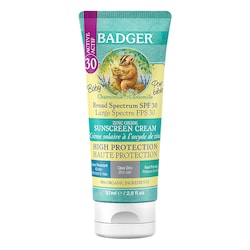
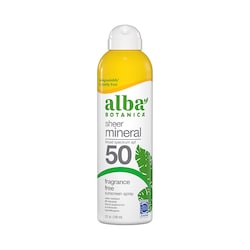

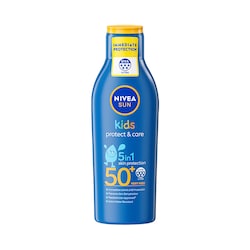
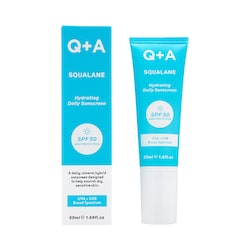
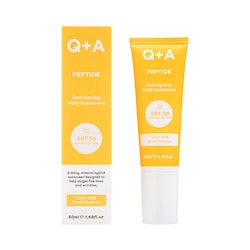
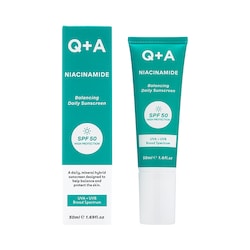
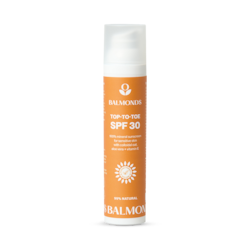
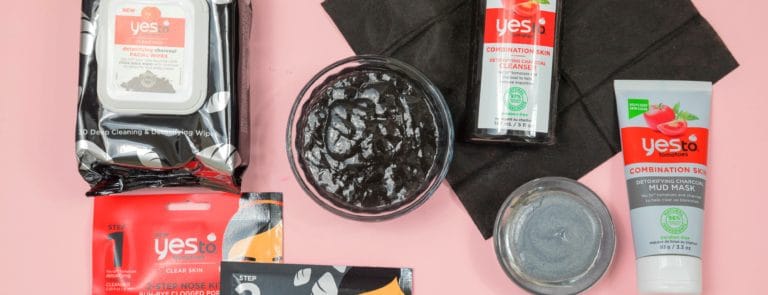
.png)











